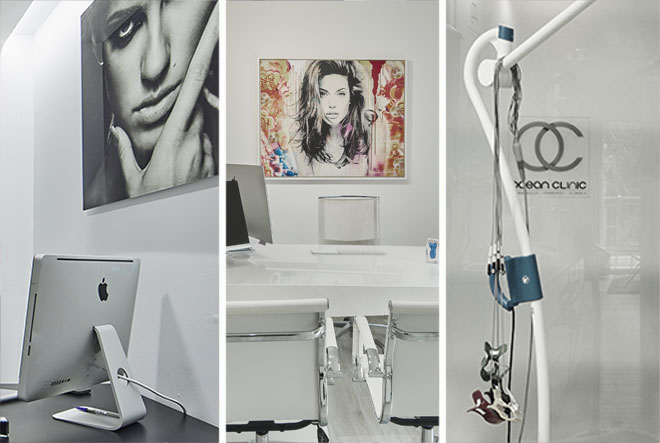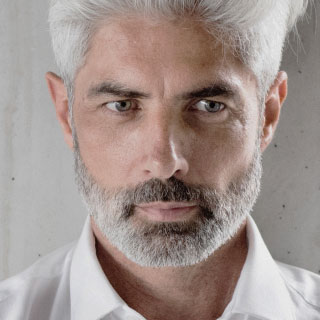What You Need to Know Beforehand
Why Do I Have Unsightly Scars?
Scarring can take a turn for the worse for several reasons. Factors that influence how well you heal include:
- Your Skin Type: Some individuals simply scar more prominent than others. Darker skin types are more prone to developing significant scars, and people with very fair skin can also experience poor scarring.
- The Location of the Scar: Scars along joints or on skin that undergoes a lot of movement, such as knees, tend to scar more noticeable than scars on less mobile areas, like behind the ear.
- Suture Technique: If a wound is not stitched up properly or if you fail to seek medical attention for a wound, it can result in uneven healing.
- Aftercare: Neglecting proper care for your scar during the healing process, such as exposing it to UV light, can lead to discoloration.
Before & After PhotoWhat’s a ‘Good’ Scar?
A ‘good’ scar is one that fades into a barely noticeable fine line that blends with the surrounding skin tone. Proper placement is crucial to minimize tension on the scar. Whenever possible, scars should be hidden in natural skin folds, such as beneath the breast or in the groin.
Experienced surgeons can influence results through meticulous techniques, using dissolvable sutures or glue, and removing other stitches early to avoid stitch marks. Proper aftercare, including the use of silicone sheets, ensures the best outcomes.
How Can a Bad Scar Be Repaired?
If you want to improve the appearance of a particularly troublesome scar that’s affecting you either aesthetically or physically, there are surgical and non-surgical treatments available. In most cases, a combination of these methods yields the best results.
Surgical Correction
Scar Excision - This involves cutting out the existing scar and resealing the wound using various techniques, depending on the scar type.
Tissue Expansion - This procedure promotes the growth of healthy supplementary skin to replace damaged skin. It entails placing a balloon-like expander under the skin near the damaged area, filling it over time with saline solution to stretch and grow new skin.
Skin Flaps - Skin flaps are healthy skin and tissue partially detached and moved to cover a nearby wound. They are often used in burn injury cases and require the surgical reconnection of blood vessels in some instances.
Skin Graft - This involves removing skin from one body area and transferring it (without its blood supply) to another. It’s used to cover wounds, with "split-thickness" grafts for large areas and "full-thickness" grafts for smaller, more visible areas.
Fat Graft - Fat grafting extracts fat from one body area and uses it to restore volume under depressed or adherent scars, leading to skin regeneration.
Non-Surgical Correction
Steroid Injections - Effective for keloid and hypertrophic scars, steroids are injected directly into the scar tissue to reduce itching, redness, and burning sensations, as well as to decrease scar size and soften the tissue.
Laser Resurfacing - High-energy light is used to remove damaged skin, smooth scar surfaces, eliminate abnormal coloration, and flatten scars.
Dermabrasion - This procedure involves removing the top skin layers with an electrical device, resulting in smoother skin as it heals.
Chemical Peels - Chemical peels resurface the skin by applying a chemical solution to dissolve the top skin layer, prompting skin regeneration and improving superficial and color irregularities.
Microneedling - Tiny needles create micro-injuries in scar tissue, stimulating the body’s natural healing process, collagen production, and scar texture improvement.
Ultrasound Treatment - Ultherapy, an ultrasound treatment, promotes collagen and elastin production by heating the skin’s layers, enhancing scar appearance.
Hyaluronic Acid Filler - Used to fill atrophic scars, this injectable filler can add volume, smooth the scar surface, and improve discoloration.
After Surgery and Beyond
Downtime and Aftercare
In most cases, scar correction treatments are outpatient procedures with minimal downtime. Overnight stays at the clinic are necessary only for extensive skin grafting.
To achieve the best results, advanced scar care dressings are provided as part of all scar correction treatments. Silicone sheets and patches play a crucial role in softening scars and reducing redness.
Compression garments are also offered for the treated area to apply pressure to the scar. This is particularly beneficial for burn scars and may be used continuously for several months to prevent the scar from elevating above the surrounding skin and to reduce itching, redness, and swelling.
If you would like to learn more about improving the appearance of your scar, please contact Ocean Clinic to schedule a consultation.










